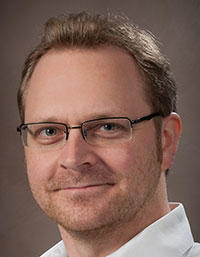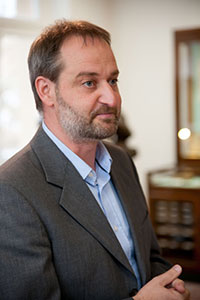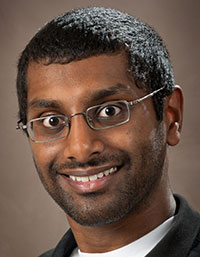 Bastian Mähler. Steinmann-Institut für Geologie, Mineralogie und Paläontologie, Universität Bonn, Nussallee 8, 53115 Bonn, Germany. bastian.maehler@uni-bonn.de
Bastian Mähler. Steinmann-Institut für Geologie, Mineralogie und Paläontologie, Universität Bonn, Nussallee 8, 53115 Bonn, Germany. bastian.maehler@uni-bonn.de
The research interest of Bastian Mähler are actuo palaeontological studies of taphonomy. Since 2012 he is studying the decomposition process of small mammals under aquatic conditions with a focus on micro-computed tomography and 3D-reconstruction. In addition, he is interested in decomposition processes, especially insect interactions with carcasses.

 Torsten Wappler. Steinmann-Institut für Geologie, Mineralogie und Paläontologie, Universität Bonn, Nussallee 8, 53115 Bonn, Germany. twappler@uni-bonn.de
Torsten Wappler. Steinmann-Institut für Geologie, Mineralogie und Paläontologie, Universität Bonn, Nussallee 8, 53115 Bonn, Germany. twappler@uni-bonn.de
Torsten Wappler is an associated Professor and currently Heisenberg Research Fellow of the German Science Foundation at the Steinmann Institute at the University of Bonn. He is a palaeoentomologist with interests in host–parasite interactions, the inscriptions of insectivory in the fossil record, and the differential climatic sensitivity/synchroneity of plant and arthropod community responses.

 Mayuran Sanmugaraja. Steinmann-Institut für Geologie, Mineralogie und Paläontologie, Universität Bonn, Nussallee 8, 53115 Bonn, Germany. mayuran.sanmugaraja@gmx.de
Mayuran Sanmugaraja. Steinmann-Institut für Geologie, Mineralogie und Paläontologie, Universität Bonn, Nussallee 8, 53115 Bonn, Germany. mayuran.sanmugaraja@gmx.de
The research interest of Mayuran Sanmugaraja is focused on vertebrate paleontology, with significance in functional morphology and mammalian evolution.

 Frank Menger. Hintergasse-Str. 23, 68649 Groß-Rohrheim, Germany. bensheim@olfsv.de
Frank Menger. Hintergasse-Str. 23, 68649 Groß-Rohrheim, Germany. bensheim@olfsv.de
For decades Frank Menger collected fossils of the Late Pleistocene fauna, discovered from gravel pits located in the Rhine rift valley in Germany, and preserved them against the industrial destruction.

 Wighart von Koenigswald. Steinmann-Institut für Geologie, Mineralogie und Paläontologie, Universität Bonn, Nussallee 8, 53115 Bonn, Germany. koenigswald@uni-bonn.de
Wighart von Koenigswald. Steinmann-Institut für Geologie, Mineralogie und Paläontologie, Universität Bonn, Nussallee 8, 53115 Bonn, Germany. koenigswald@uni-bonn.de
Professor Emeritus and former chair of Paleontology at the University of Bonn. His main interest lies in mammalian evolution, especially that of teeth. For several years he worked at the Hessische Landesmuseum in Darmstadt on the distribution and ecology of Pleistocene mammals.

